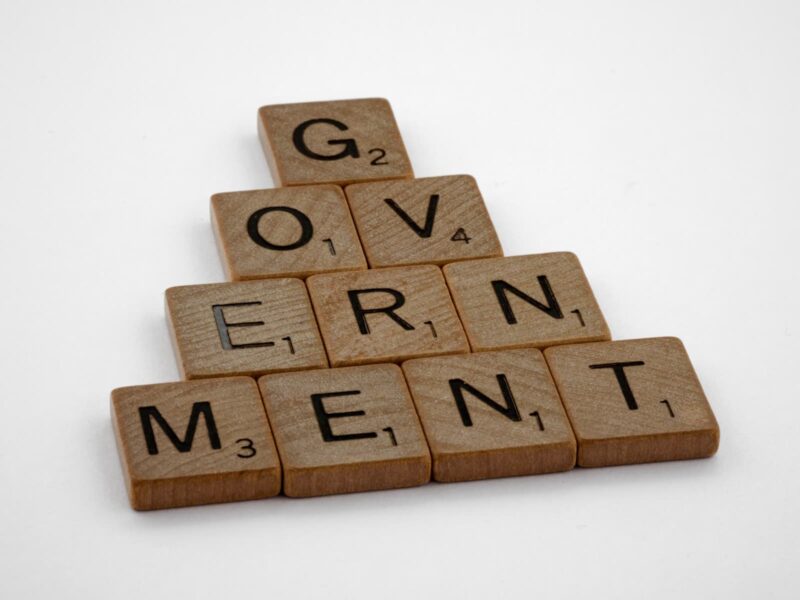A state is a first-level administrative territorial unit of the United States. States have no state sovereignty and no right to secede from the United States. They adopt their own constitutions, which must conform to the basic provisions of the U.S. federal Constitution.
The structure of state government is similar to the federal level. Legislative power in the state is exercised by the state legislature (state legislative assembly), executive power by a state governor elected by the people, and judicial power by the Supreme Court and other state courts. In accordance with the provisions of the US Constitution, the delimitation of exclusive competence of the federation and the states is established.
In the American system of government, the states have wide autonomy. They cannot pass laws contradicting the U.S. Constitution or carry out activities within the exclusive competence of the federal government. State constitutions differ in detail, but in general they have a similar structure to the federal constitution. They also contain provisions that guarantee the right to organize the system of government. The states have power in many areas of government. They are responsible for the tax system, set licensing fees, determine the use of state public expenditures, regulate business activities, manage the health care system, and deal with other matters related to the daily life of every state citizen.
The distribution of power is more detailed in state constitutions than in the U.S. federal Constitution. State constitutions contain a basic principle of government, according to which all power is vested in the citizens.
Local self-government and administration in the USA is based on the administrative-territorial division of each separate state. Since states are formally independent states with their own legislative and executive authorities, the system of local government of states has its own features. The head of a state is a governor, elected by direct popular vote, most often for a four-year term (although in some states the term is two years). With the exception of Nebraska, which has a unicameral legislature, all states have a bicameral legislature, with the upper house called the Senate and the lower house called the House of Representatives, House of Delegates, or General Assembly. In most states, senators are elected to four-year terms and members of the lower house to two-year terms.
The governor performs some of the same statewide functions as the president nationally: setting policy, appointing department heads, preparing the budget and monitoring its implementation, initiating bills, and signing legislation. In most states, the governor also plays an important role in appointing state and local courts.



